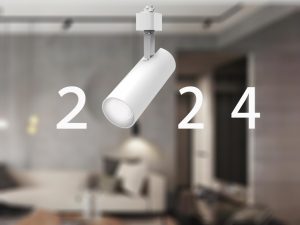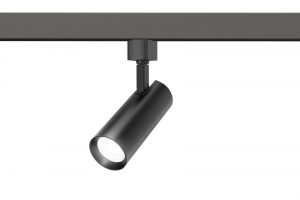Email: [email protected] Phone: +8613367605757
Track lighting has become a popular choice for both residential and commercial spaces due to its flexibility and modern aesthetic. However, like any lighting solution, it has its advantages and disadvantages. In this blog, we will explore the pros and cons of track lighting to help you determine if it’s the right fit for your needs.

What is Track Lighting?
Track lighting consists of a series of light fixtures attached to a continuous track device that contains electrical conductors. This system allows for adjustable light positioning, making it ideal for accentuating specific areas, artworks, or workspaces. It’s a flexible lighting solution that can adapt to various design needs.
Pros of Track Lighting
1. Versatility
Track lighting is highly versatile and can be used in a variety of settings, from living rooms to kitchens and offices. The adjustable fixtures allow you to direct light exactly where it is needed, providing both ambient and task lighting.
2. Easy Installation
Compared to other lighting systems, track lighting is relatively easy to install. The track can be mounted directly to the ceiling or wall, and the fixtures can be added or adjusted without the need for additional wiring.
3. Modern Aesthetic
Track lighting offers a sleek, contemporary look that can enhance the aesthetic appeal of any room. It is available in various styles, finishes, and fixture designs to complement different interior decor themes.
4. Space-Saving
Since track lighting is mounted on the ceiling or wall, it saves valuable floor and table space. This makes it an excellent choice for smaller rooms or areas where space is limited.
5. Energy Efficiency
Many track lighting systems use LED bulbs, which are more energy-efficient and have a longer lifespan compared to traditional incandescent bulbs. This helps in reducing energy consumption and maintenance costs.

Cons of Track Lighting
1. Initial Cost
Track lighting systems can be more expensive initially compared to standard lighting options. The cost of the track, fixtures, and installation can add up, especially if you opt for high-end designs.
2. Requires Careful Planning
To maximize the effectiveness of track lighting, careful planning is required. You need to consider the layout, the type of fixtures, and the direction of the lights to ensure optimal illumination.
3. Potential for Glare
Improperly positioned track lights can cause glare, which can be uncomfortable and distracting. It’s essential to angle the fixtures correctly and use diffusers or dimmers to minimize glare.
4. Limited Decorative Options
While track lighting is modern and sleek, it may not suit all decor styles. For example, in traditional or vintage-themed rooms, track lighting might look out of place.
5. Heat Production
Although LED track lights produce less heat than incandescent bulbs, they can still generate some heat, which might be a concern in smaller or poorly ventilated areas.
Track lighting offers a flexible, modern lighting solution with numerous benefits, including versatility, easy installation, and energy efficiency. However, it also has some drawbacks, such as higher initial costs and the potential for glare. By weighing these pros and cons, you can determine if track lighting is the right choice for your space.




